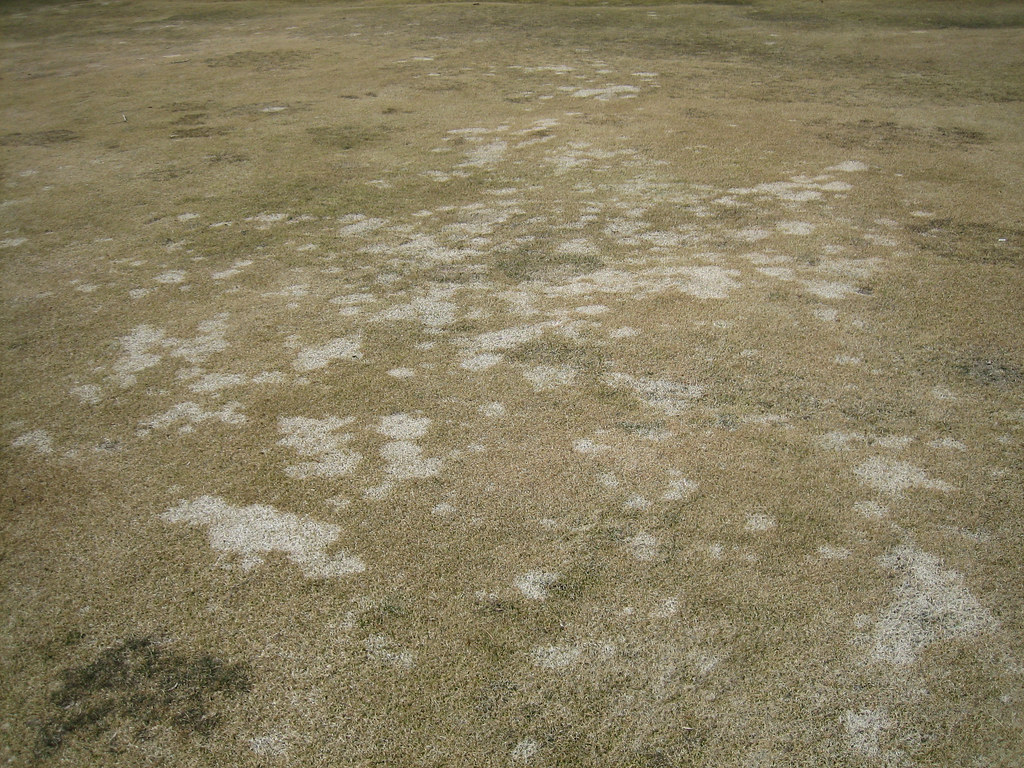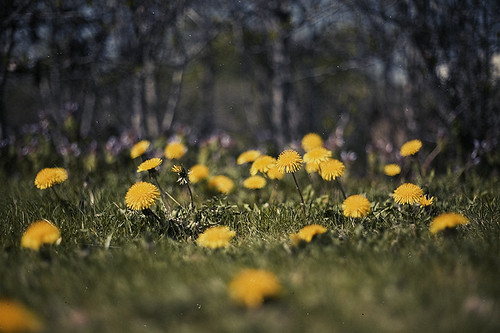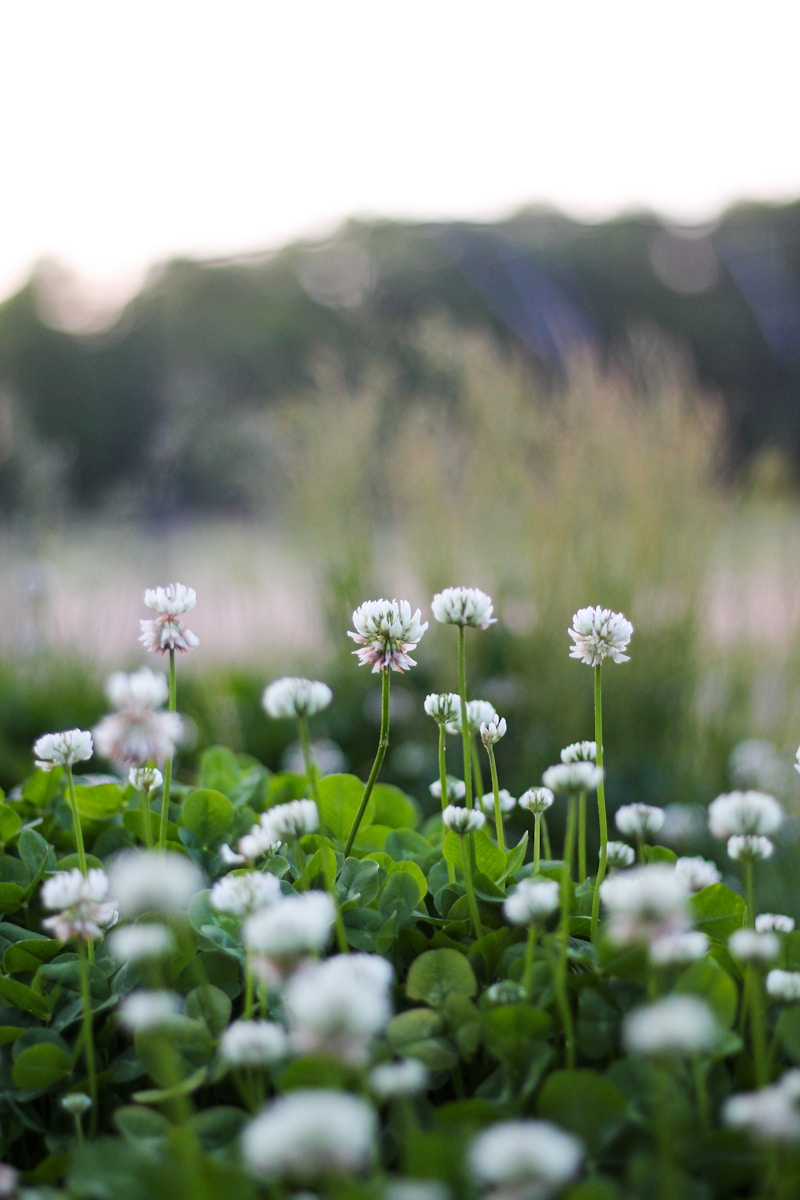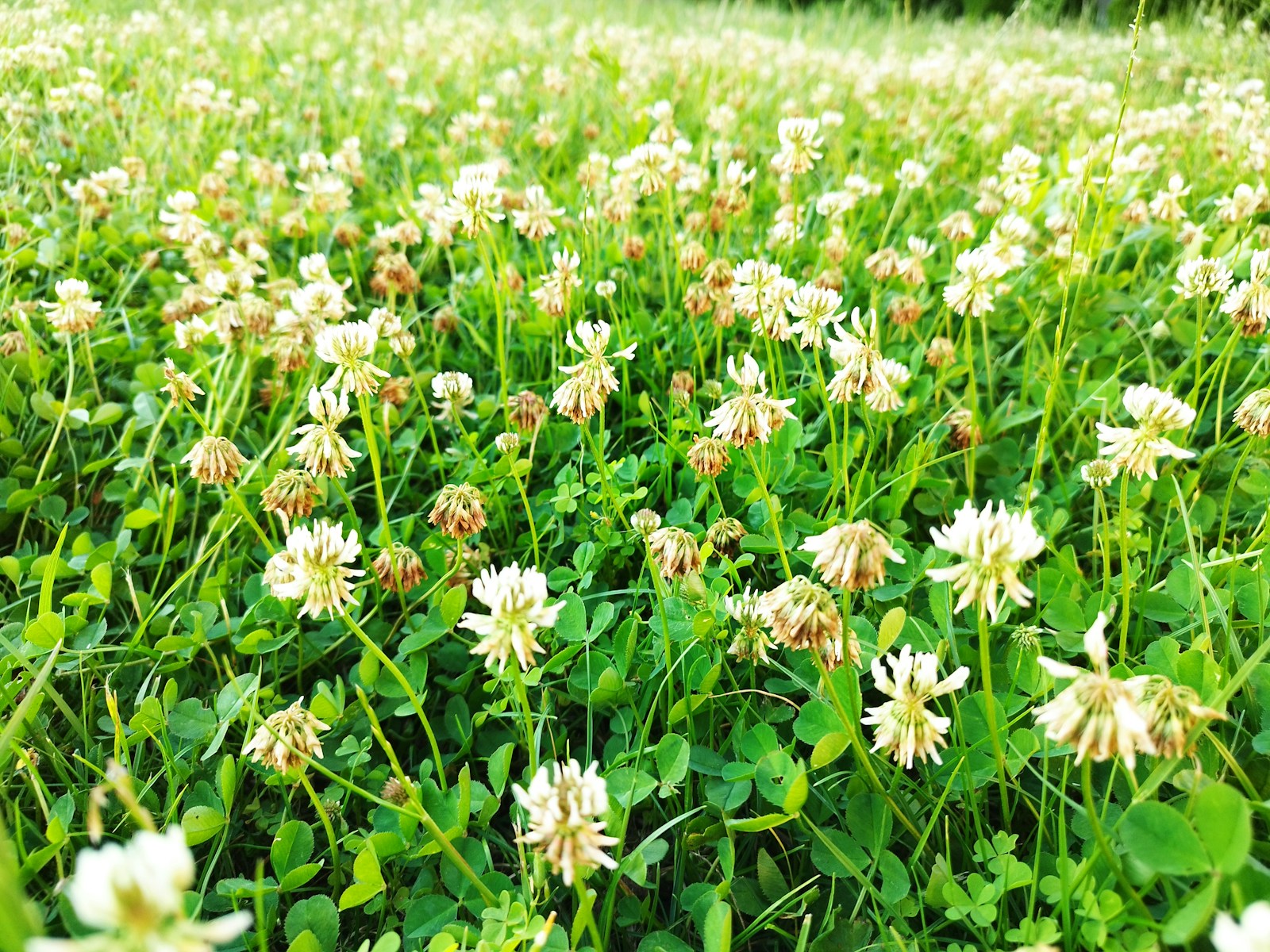After a harsh winter when I lived in in Portland, Oregon, my neighbor’s lawn resembled a patchwork quilt—brown, soggy, and dotted with weeds. By June, though, it transformed into a lush, emerald carpet that became the envy of the block. Their secret? A strategic, science-backed approach tailored to cool-season grasses like Kentucky bluegrass, fescue, and ryegrass. If you’re staring at a lackluster lawn in regions like Colorado, upstate New York, or Washington state, fear not. This guide combines expert advice from university extensions, real-life case studies, and actionable steps to revive your turf. Let’s dive into the how, why, and when of post-winter lawn care.
Assessing Winter Damage: Diagnose Before You Treat
Cool-season grasses thrive in temperatures between 60–75°F (USDA Zones 3–7), but winter can leave behind hidden damage. Start your lawn revival with a thorough inspection:
Common Winter Lawn Issues
- Snow Mold: Look for circular gray or pinkish patches. Gray snow mold (Typhula blight) is less severe, while pink snow mold (Microdochium nivale) can kill grass crowns.
- Compacted Soil: Test by pushing a screwdriver into the ground. If it’s difficult, compaction is likely. Common in high-traffic areas.
- Salt Damage: Near roads or sidewalks, salt dehydrates grass. Signs include brown edges and stunted growth.
- Vole Tunnels: These critters create shallow, zig-zagging trails under snow. Repair by raking and reseeding.
- Bare Spots: Caused by fungal diseases, ice melt, or pet urine.

Pro Tip: For precise diagnosis, submit a soil sample to your local cooperative extension (e.g., Colorado State University Extension). A $15 test reveals pH, nutrient levels, and organic matter.
Clear Debris and Dethatch
Why It Matters: Thatch—a layer of dead grass and roots—blocks water, air, and nutrients. Over 0.5 inches thick? Time to dethatch.
Tools and Techniques
- Raking: Use a thatching rake for small areas. Ideal for gentle removal.
- Power Dethatcher: Rent a machine (50–50–75/day) for large lawns. Works like a vertical mower, slicing through thatch.
- Timing: Early spring, when grass is actively growing (soil temps ~55°F).
Case Study: A homeowner in Spokane, WA, reduced thatch by 80% using a power dethatcher, improving water absorption.
Aerate for Stronger Roots
How to Revive Your Lawn After Winter hinges on aeration. Compacted soil suffocates roots and fosters weeds.
Aeration Methods
| Type | Best For | Pros | Cons |
|---|---|---|---|
| Core | Heavy clay soils | Removes soil plugs, reduces compaction | Requires rental equipment |
| Spike | Mild compaction | Affordable (DIY with shoes) | Less effective long-term |
When to Aerate:
- Cool-Season Grasses: Early spring or fall.
- Regional Timing:
- Colorado: Late April (after frost).
- Upstate NY: Mid-May.
Pro Tip: Leave soil plugs on the lawn—they break down naturally, returning nutrients.
Overseed to Fill Bare Spots
Seed Selection: Match your existing grass.
- Sunny Areas: Kentucky bluegrass (durable, spreads quickly).
- Shade: Fine fescue (e.g., Chewings fescue for Washington’s cloudier regions).
- High Traffic: Perennial ryegrass (germinates in 5–7 days).
Overseeding Guide
- Mow lawn to 2 inches.
- Spread seed at 4–6 lbs per 1,000 sq ft. Use a broadcast spreader for even coverage.
- Cover seeds with ¼ inch of compost to retain moisture.
- Water lightly 2x daily until germination (7–14 days).
Common Mistake: Overseeding too early. Soil temps below 50°F delay germination. Check local frost dates!
Fertilize Strategically
Cool-season grasses need a nutrient boost in spring. But what and when you apply matters.
Fertilizer Types
| Type | NPK Ratio | Best For | Environmental Impact |
|---|---|---|---|
| Synthetic | 24-0-10 | Quick green-up | High runoff risk |
| Organic | 5-2-4 | Soil health, slow release | Low toxicity |
Application Tips:
- Early Spring: Use a balanced fertilizer (10-10-10) to kickstart growth.
- Late Spring: Switch to nitrogen-heavy (20-5-10) for blade development.
- Avoid Overuse: Excess nitrogen burns grass and pollutes waterways. Follow USDA guidelines: 1 lb nitrogen per 1,000 sq ft.
Eco-Friendly Hack: Brew compost tea (steep compost in water for 48 hours) for a microbial boost.
Watering Wisdom: Less Is More
Cool-Season Grass Needs: 1–1.5 inches weekly, including rainfall.
Smart Watering Practices
- Timing: Water at 6–10 AM to reduce evaporation.
- Depth: Use the “tuna can test”—place empty cans around the lawn; stop when they’re filled to 1 inch.
- Regional Adjustments:
- Colorado: Water deeply 1x/week (arid climate).
- Pennsylvania: 2x/week (moderate humidity).
Pro Tip: Install a rain gauge or smart irrigation controller to automate schedules.
Weed Warfare: Stopping Invaders Early
Pre-Emergent Herbicides: Apply when soil temps hit 55°F (crabgrass germinates at 60°F). Use corn gluten meal for organic lawns.
Post-Emergent Solutions:
- Dandelions: Spot-treat with vinegar or dig roots with a fishtail weeder.
- Clover: Indicates low nitrogen. Adjust fertilizer and mow higher.
Case Study: A Denver homeowner reduced weeds by 70% using pre-emergent + overseeding.
8. Mowing for Recovery and Resilience
Golden Rules:
- Height: Keep at 3–4 inches. Taller grass shades soil, reducing weeds.
- Frequency: Never remove more than ⅓ of the blade.
- Blade Care: Sharpen mower blades monthly. Dull blades tear grass, inviting disease.
Seasonal Adjustments:
- Spring: Mow weekly.
- Summer: Raise height to 4 inches to combat heat stress.
Troubleshooting Common Problems
Problem: Grass stays brown after aeration.
Solution: Check soil pH. Cool-season grasses need 6.0–7.0. Apply lime if acidic (<6.0) or sulfur if alkaline (>7.0).
Problem: Patchy germination after overseeding.
Solution: Birds or poor seed-to-soil contact. Use straw mats or peat moss to protect seeds.
Sustainability: Building an Eco-Friendly Lawn
- Grasscycling: Leave clippings—they return 25% of your lawn’s nitrogen needs.
- Native Ground Covers: Replace high-maintenance turf with clover or creeping thyme (saves 30% on water).
- Rain Barrels: Collect runoff for irrigation.
Stat: The EPA estimates that 50% of residential water is used outdoors—smart practices save 7,000 gallons yearly.
Final Thoughts
Reviving a cool-season lawn isn’t a weekend project—it’s a seasonal journey. Aerate compacted soil, overseed strategically, and fertilize with care. Remember, patience pays off. By summer, your lawn will be the neighborhood standout.



